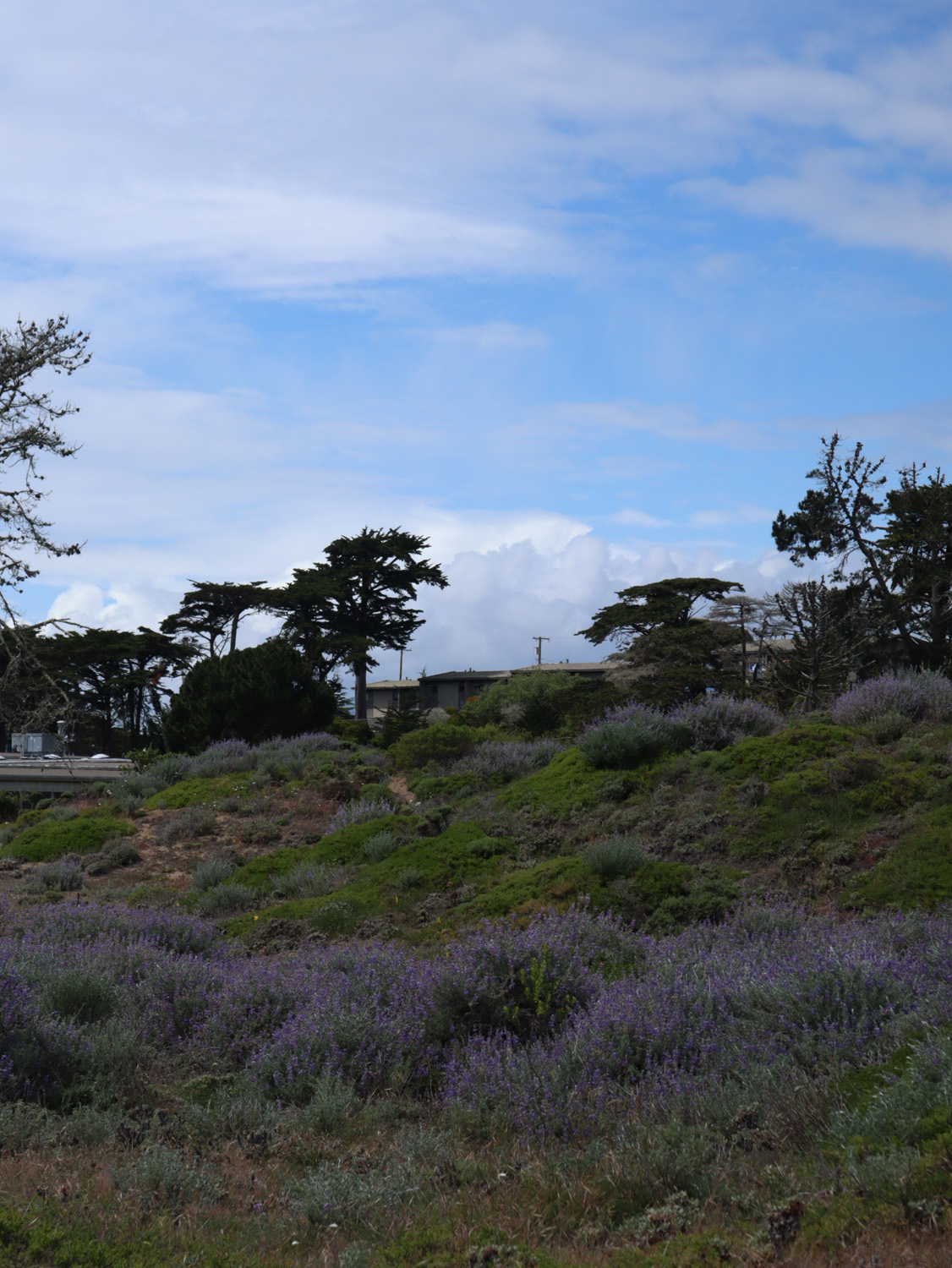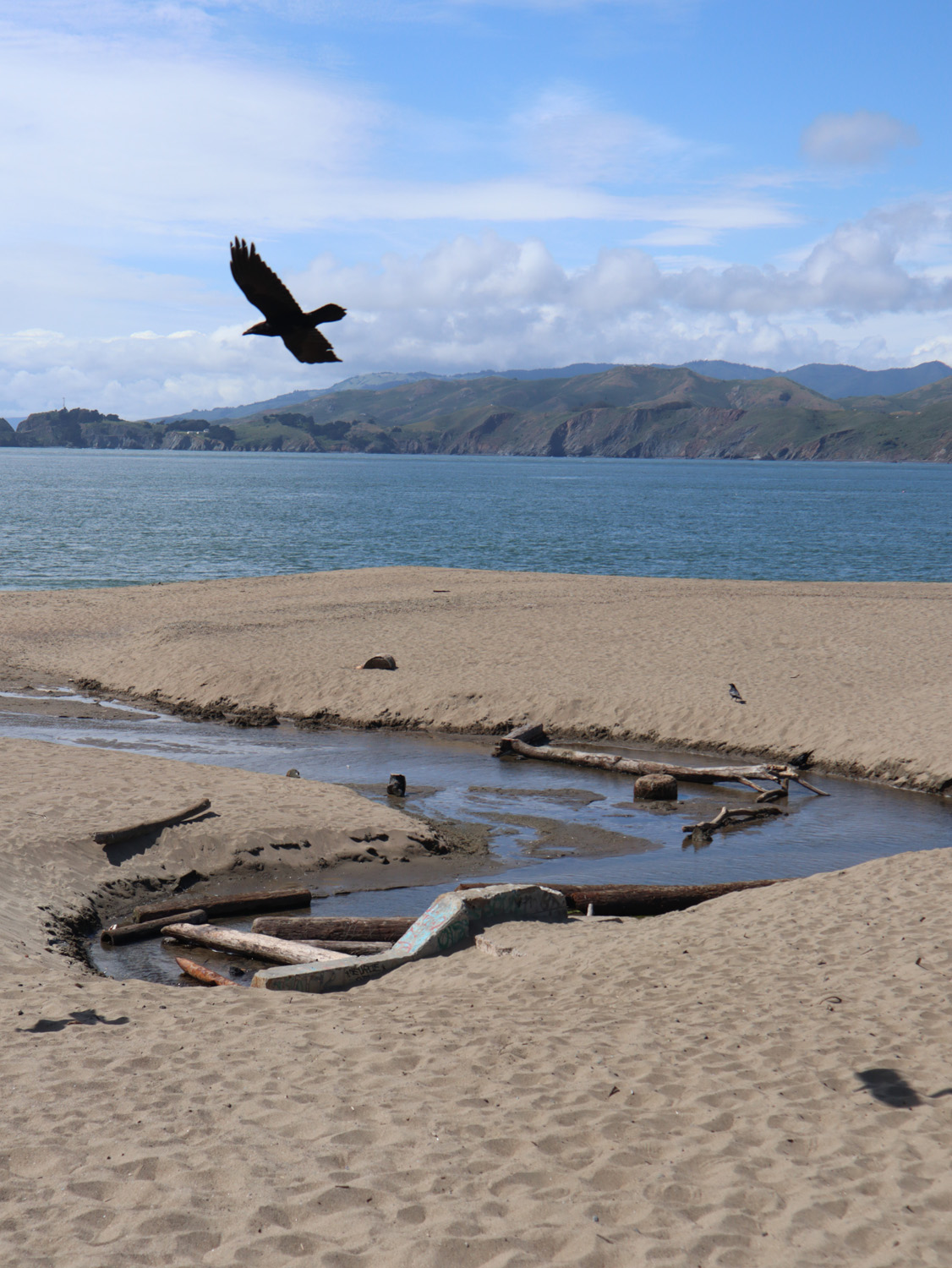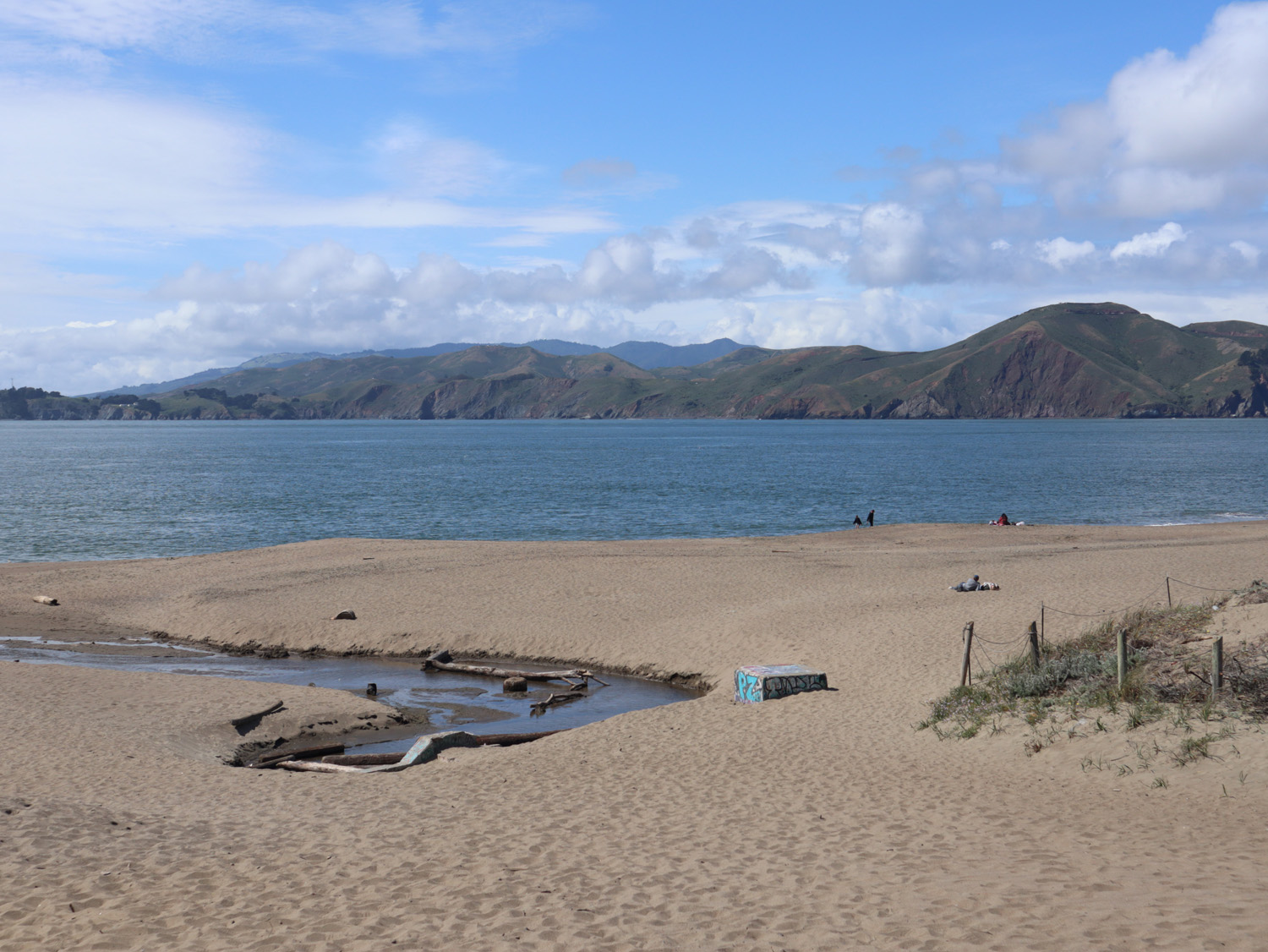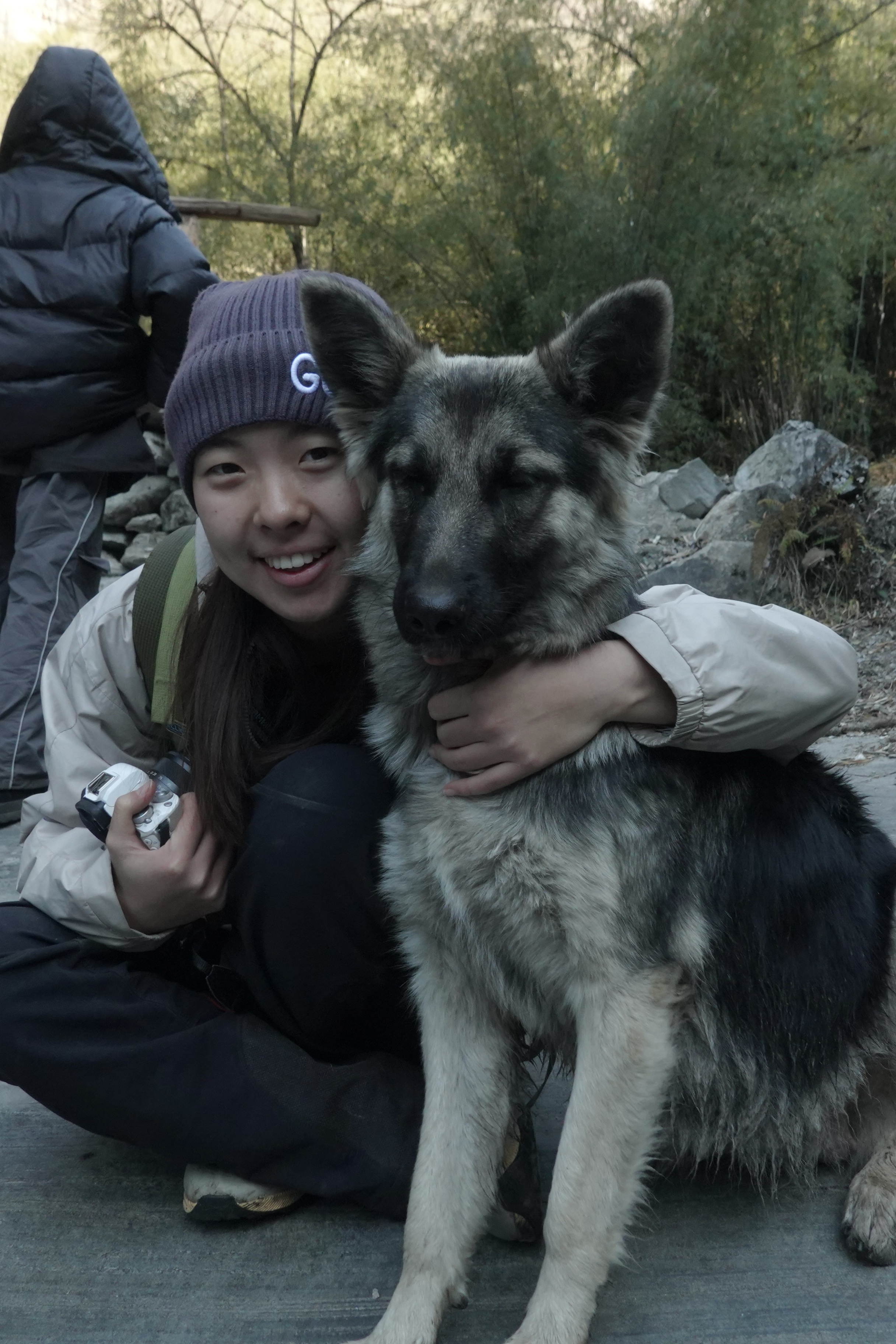
About the soundwalks and my recordings:
Throughout the semester, I've for the first time used sound recording as a methodology to understand the world we live in. The recordings from every soundwalk simply reveals that we pay very little attention to our sound environment and how it impacts our lives. We care about noises but only when it gets too loud that influences sleeping or studying. There are so many distractions in life that we don't seem to pay attention to what we hear every day. Through these soundwalks, I realized how visual and other senses dominate most our perceptions and we forget the importance of sound. I remembered my blind friend visiting me in Berkeley, who used to be a Berkeley student, said that the sounds of pigeons always scared him here. I wanted to respond back but realized that I've never paid attention to the sounds of pigeons or sea gulls at Berkeley.
The sounds of construction, traffic, airplane, and of weeding machine, it was only when I listened back to my recordings, I realized how common they exist in our sonic world. While I thought I made a nice recording of birds singing, I often have to abandon the piece due to the noise in the background. Noises are in every piece of my recordings. I feel sad that we live in a world like this. I also wonder if these noises are impairing our sensory or other capacities. It must be a great psychology research topic. I thought of my blind friend and wondered what it is like every day to focus on these sounds when the visual world disappears.
Despites the constant noises in our environment, I'm still glad to discover the sonic world. This semester really teaches me to pay attention to what we hear. Before every soundwalk, I would cross the campus to walk from my apartment to Berkeley Bart station. I listened to birds singing in early Friday morning and felt content. One time in my apartment, I suddenly notice myself paying attention to the nature ambience sound coming from my window. I feel grateful to notice these sounds. And of course, I feel deeply grateful to listen to music (yes I'm listening while typing this sentence). Sounds are powerful although most of us notice very little of them. Sounds can easily bring us joy---whether it is listening to music in my headphones or listening to the sounds of ocean waves.
For the use of sound recording in research, I think it is a niche yet important approach. For geographers, sounds can help us understand places: weeding machines only exist in wealthy neighborhoods; ambulance sound is usually in downtown or regions of crimes; nature ambience can only be recorded in parks or place with very few people. I think sound recording might play an even larger role in psychology research. How are the noises affecting our abilities to perform? Does the sound of ambulance increase anxiety or even crimes in chaotic neighborhoods? Whether a quiet sonic environment might bring more calmness and happiness. The findings of these research can be then used for urban planners and engineers to create a better living environment.
Throughout this semester, I've also practiced using Adobe Audition to edit sounds. I learned different transition techniques, from slow crossover to quick transition. These techniques create different feelings and remind me of the music I listen to. While the crossover does a gradual transition to similar sounds, the quick edit creates a sudden change of emotions. I used mostly crossover in the beginning of the semester, but later I enjoyed more using the quick transition, which can create a change in feelings and acts as a refresher for the listeners. The music I listen to and some of the videos I watched online are actually my inspirations. I would focus on how a transition in the background music lifts my heart or makes me happy and think about how it is done in the editing. I hope to practice more editing techniques in the future and apply them to my works.
I don't have a specific theme to express in my sonic works. However, I found sound to be a great way to evoke our imagination. I remembered listening to Christina's sound editing for the peer feedback and realized myself imagining the story behind her work. Thus, for my works, I tried to create space for my listeners to imagine. By creating a quick transition or by linking unrelated sounds together, I tried to prompt my listeners to think. In my opinion, good editing promotes thinking and lets the listener respond to what they hear.
︎ Stawberry Creek:


︎ Codornices Park:




︎ Bushy Dell Creek:

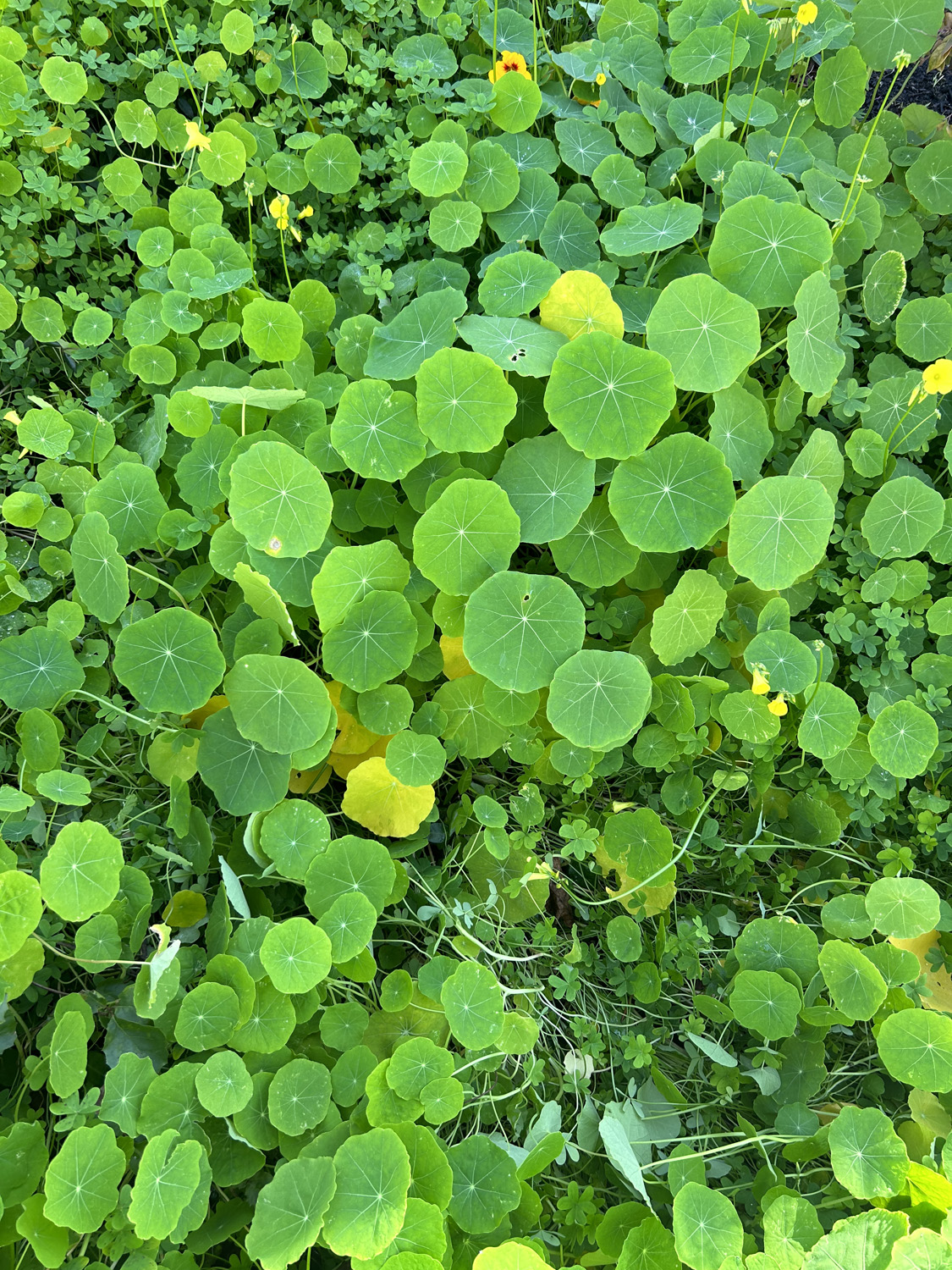
︎ Pinole Creek:


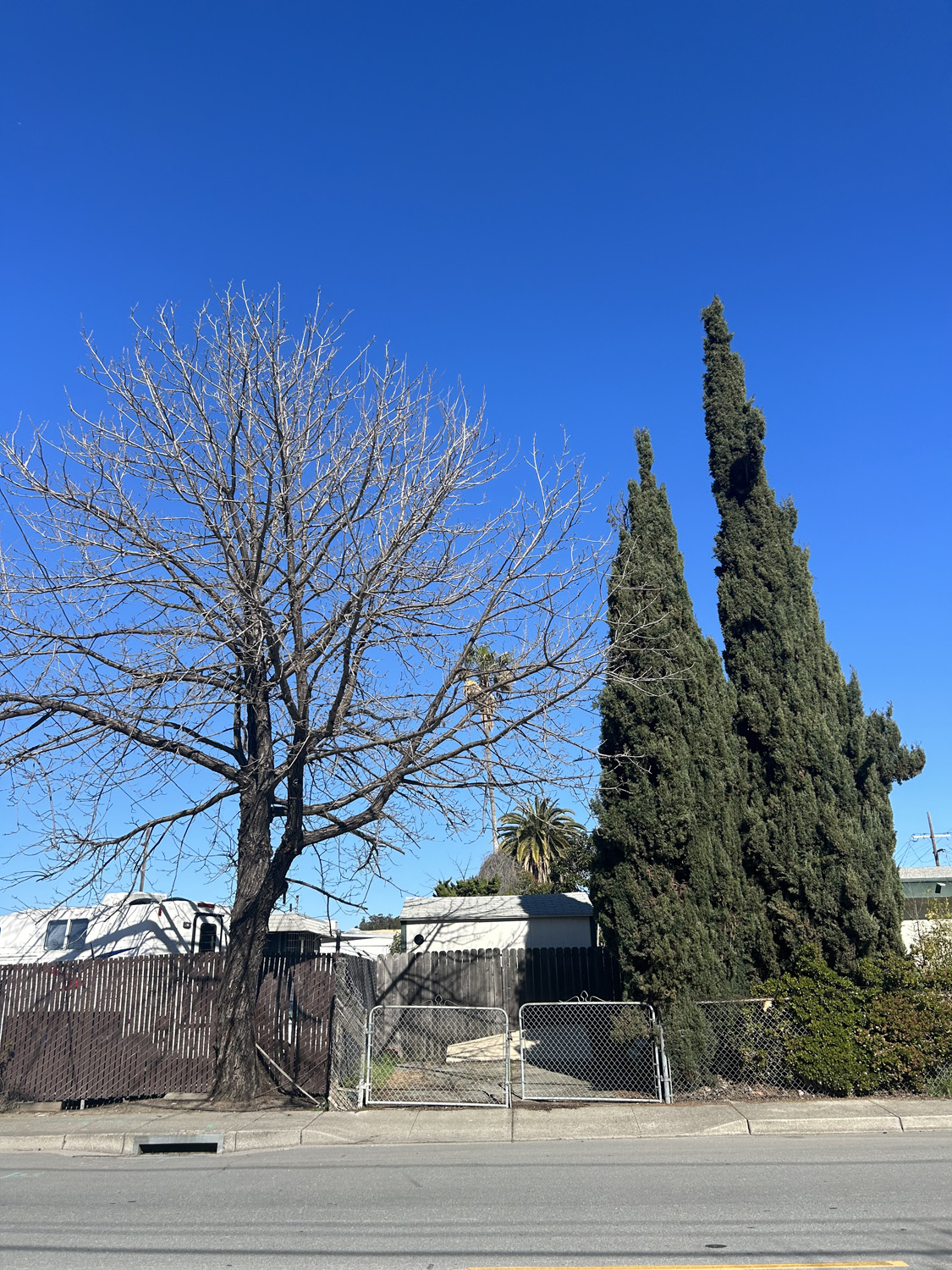
︎ Wildcat Creek:
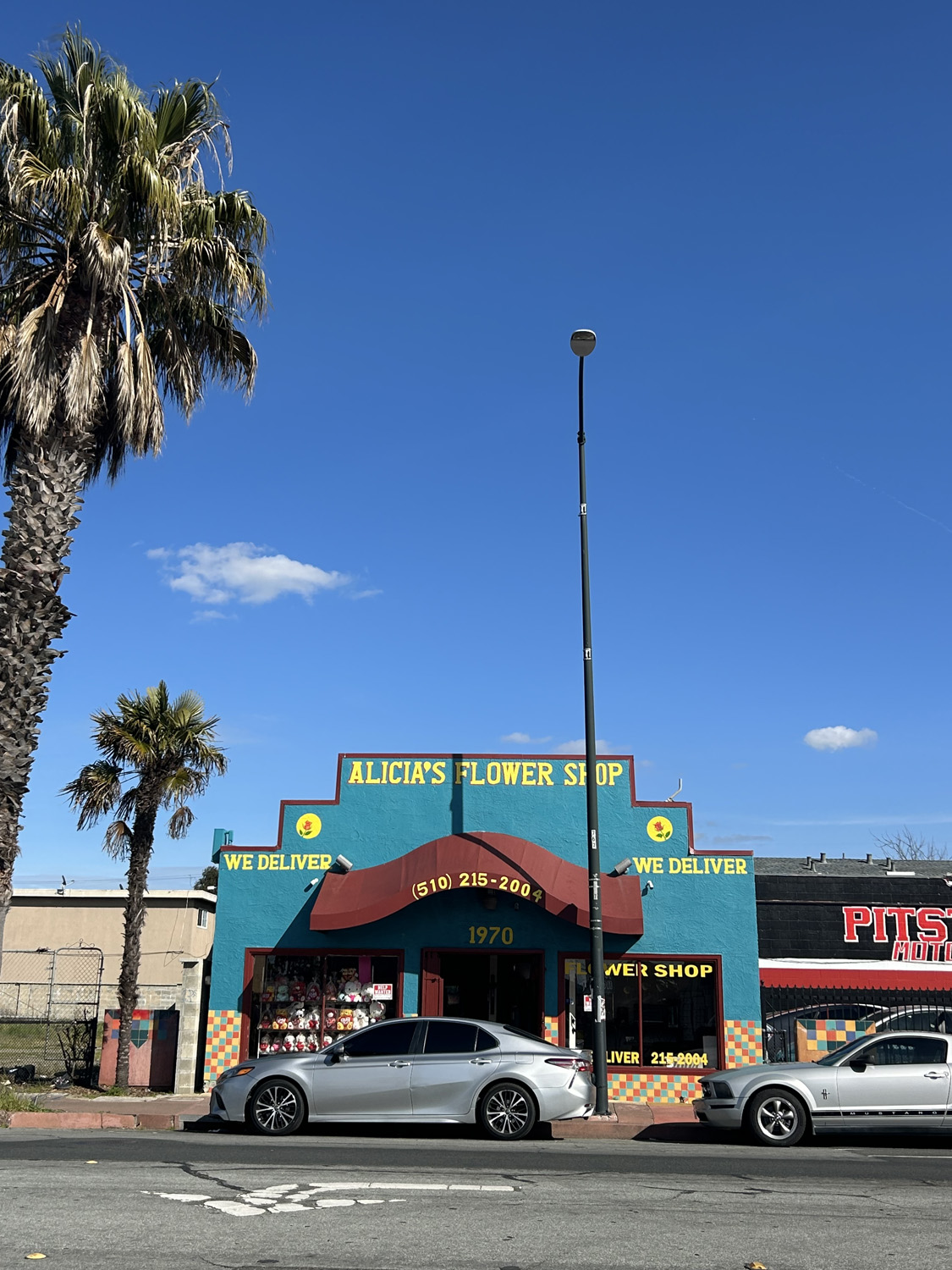

︎ San Lorenzo Creek:




︎ Coyote Hills:



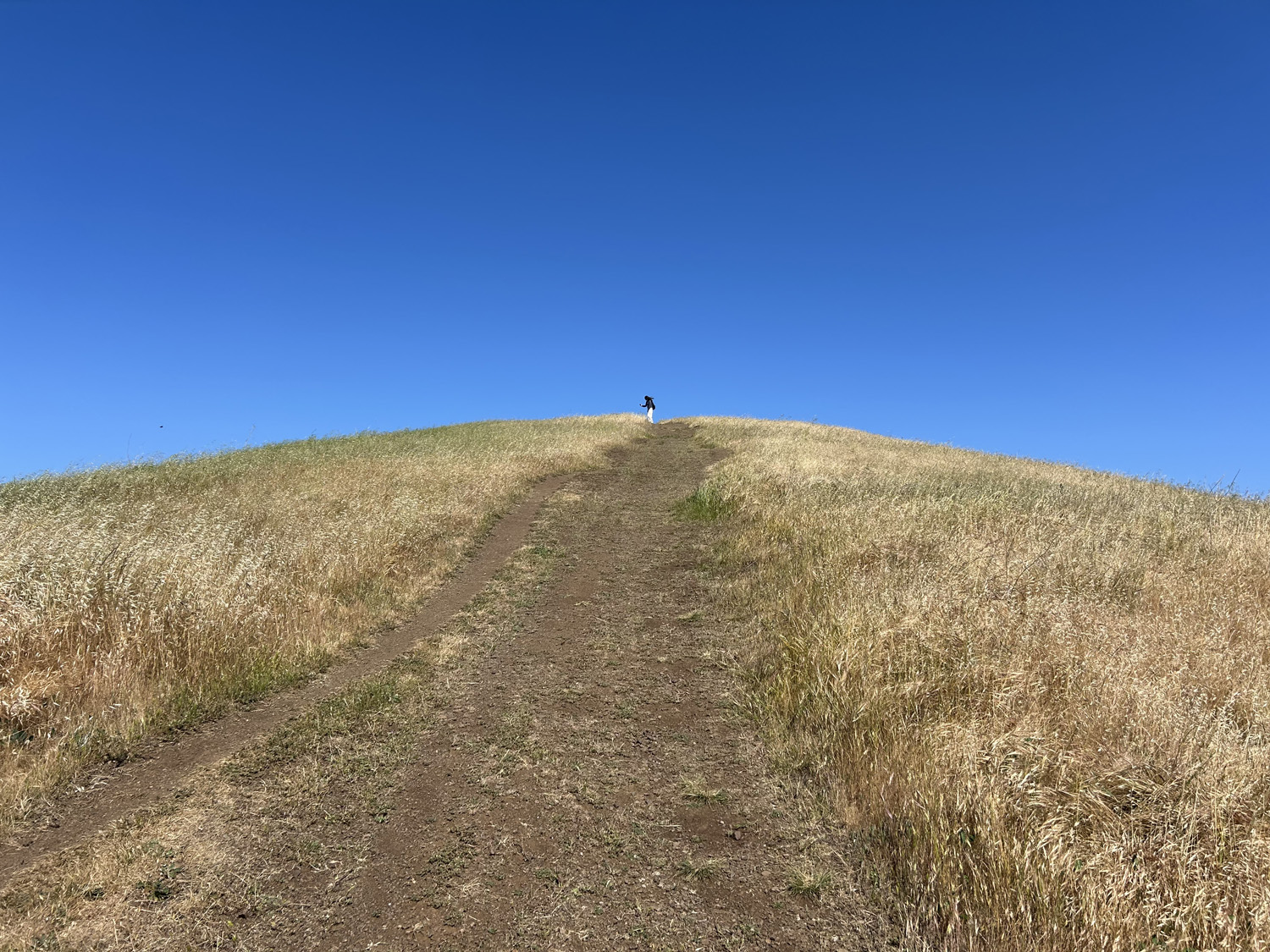

︎ Lobos Creek:


